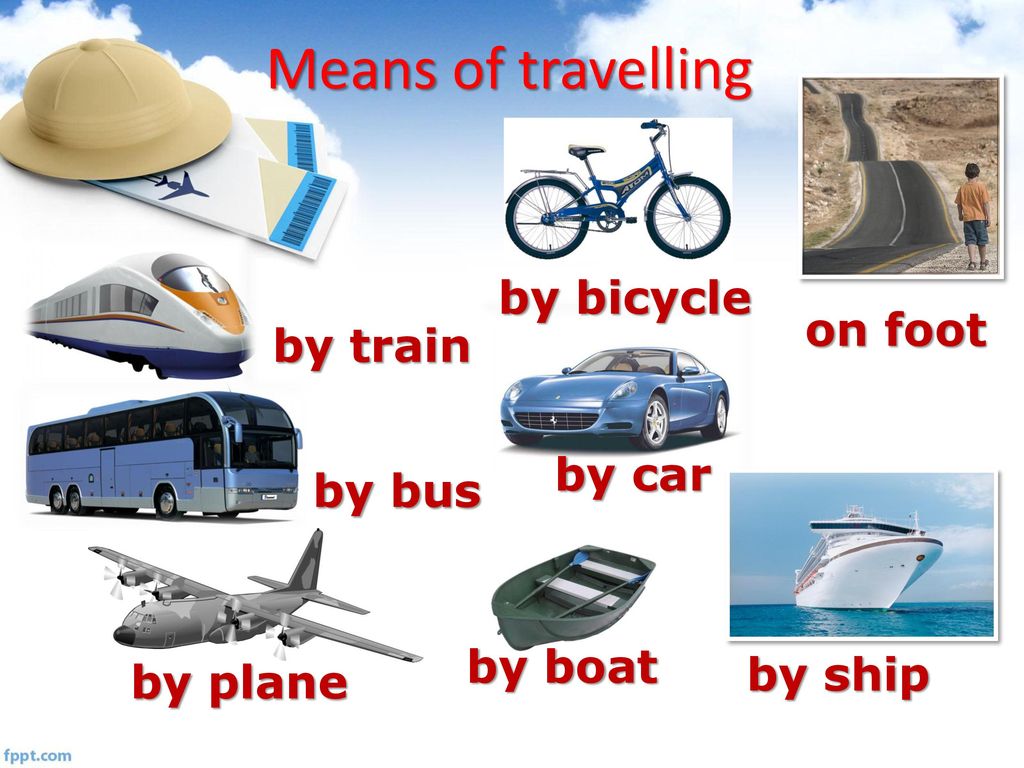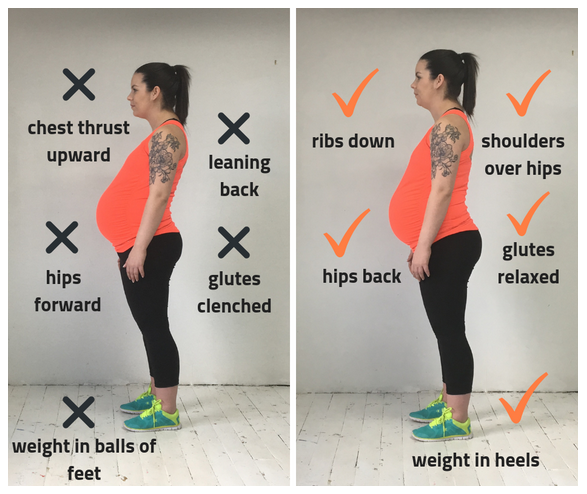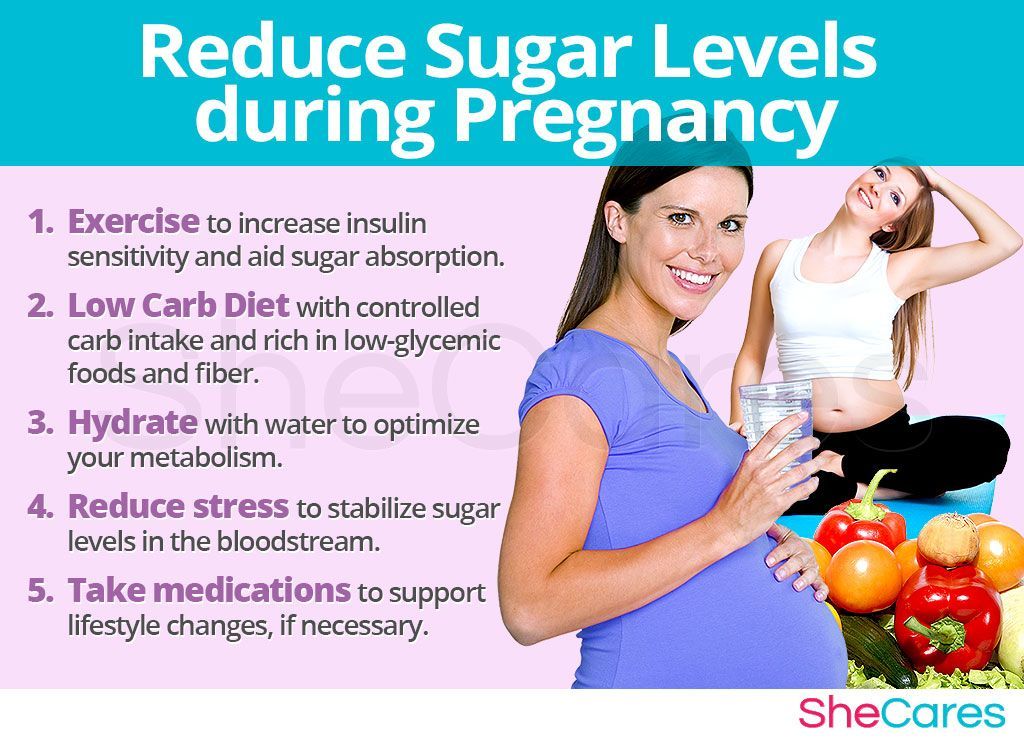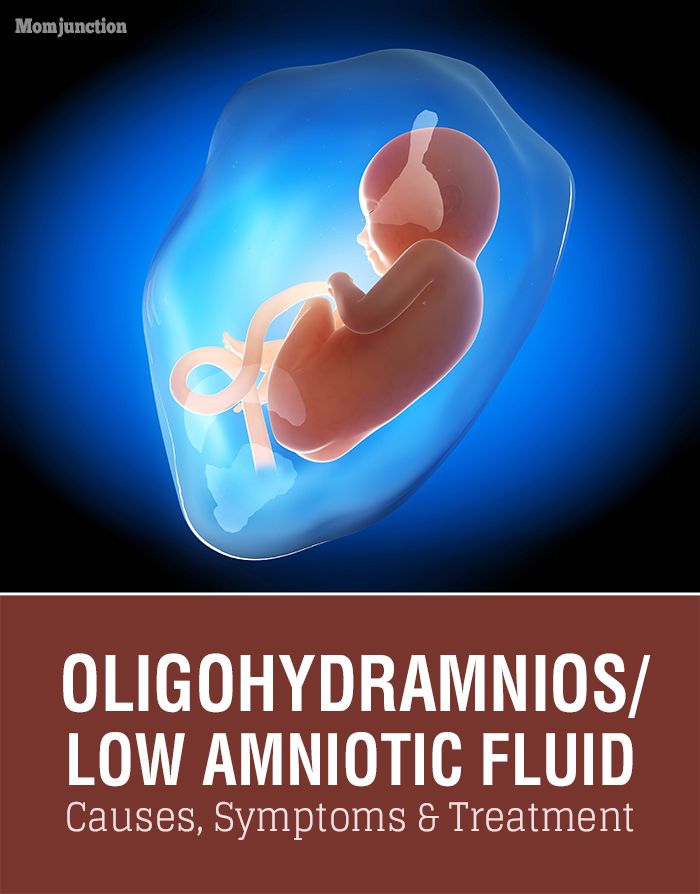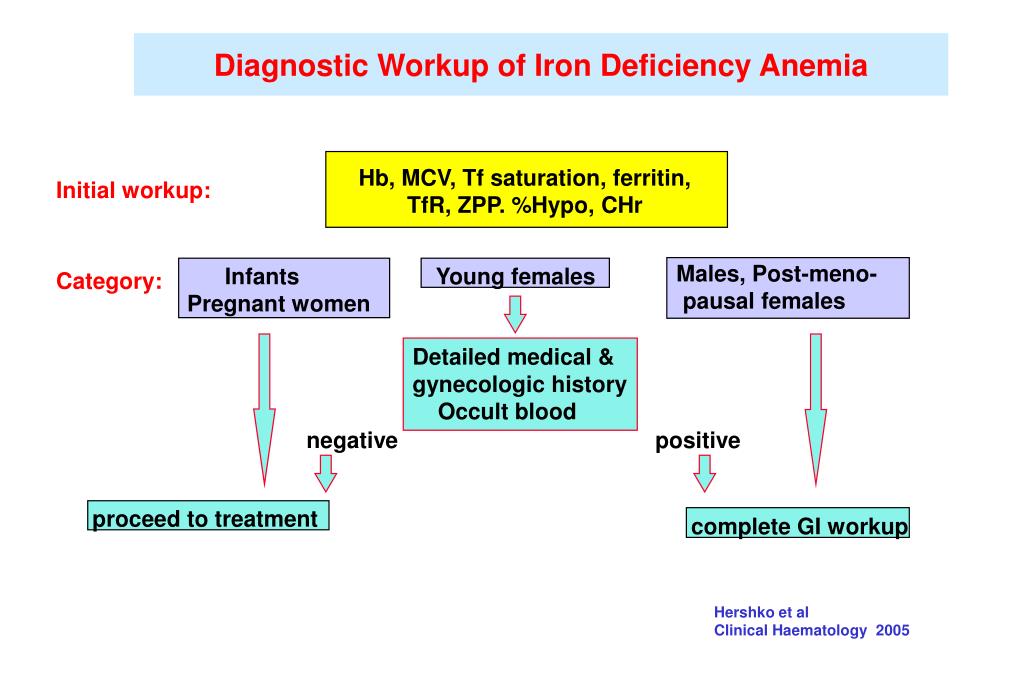Importance of keeping baby warm
Discharge Instructions: Keeping Your Newborn Warm
Your baby can’t tell you in words when he or she is too hot or cold. So you need to keep your home warm enough and make sure the baby is dressed right. Keep the temperature in your home in the low 70s. Dress the baby the way you would want to be dressed for that temperature. During sleep, dress the baby in a sleeper or an infant zip-up blanket. Keeping the baby’s temperature in a normal range helps keep him or her comfortable and healthy.
How to know if your baby is uncomfortable
A baby will usually let you know if he or she is uncomfortable by fussing and crying or sometimes by "shutting down" and becoming quiet and sleepy. You may be able to tell if the unusual behavior is due to an uncomfortable temperature by looking at and touching his or her skin:
Hands that feel cold or look blue do not necessarily mean the baby is too cold. It is normal for newborns to have cool, even bluish hands and feet in the early days.
Instead, check between the baby's chin or neck and shoulder. If her skin feels cold, snuggle her skin-to-skin on your own chest beneath your clothes or a blanket. If this is not possible, you may also try wrapping him or her with a blanket or putting on a hat, sweater, jumper (“onesie”) with feet, or socks.
Flushed, red skin means the baby is too hot. Restlessness (or excessive sleepiness) can be another sign. Remove some clothing or a blanket.
If none of these measures work and your baby remains unusually fussy, sleepy, hot, or cold, take her temperature and contact your baby's healthcare provider.
How to swaddle your baby
Swaddling infants is a common practice worldwide. But some research has found an increase in infant deaths from swaddling. Although infant deaths from swaddling is thought to be rare, discuss the practice with your baby's healthcare provider. Most experts recommend either not swaddling your baby or stopping the practice as soon as your baby is 2 months old, or sooner if your baby tries to roll over. Wrapping your baby securely in a blanket (swaddling) helps the baby feel warm and safe if you aren't able to hold and snuggle him or her skin-to-skin. Here is one method:
Wrapping your baby securely in a blanket (swaddling) helps the baby feel warm and safe if you aren't able to hold and snuggle him or her skin-to-skin. Here is one method:
Fold a square blanket diagonally to make a triangle. Turn the triangle so the flat base is at the top and the point is at the bottom.
Lay the baby on top of the blanket with the head above the straight base of the triangle (the shoulders should be even with the base of the triangle) and the feet toward the point.
Pull one side of the triangle all the way over the baby’s torso and tuck it under the baby’s body. It is a good idea to leave at least one arm free so the baby can suck on his or her fingers.
Bring the bottom of the blanket loosely over the baby’s feet and all the way up to the neck. It is very important to keep the baby's feet and legs free to move. Your baby's legs should be able to bend up and out at the hips. Tight swaddling may cause a condition called hip dysplasia.
 If your baby has hip dysplasia, don't swaddle him or her. Hip dysplasia is when the hip joint does not form normally.
If your baby has hip dysplasia, don't swaddle him or her. Hip dysplasia is when the hip joint does not form normally.Wrap the other side of the triangle across the baby’s chest at the level of the armpits. Make sure you can still insert two or three fingers between the baby and the blanket.
After your baby is swaddled, place your baby on his or her back for sleep, even at naptime. Check often for the following:
The blanket stays secure. A loose blanket can cover the baby’s face and cause suffocation. Swaddling is associated with an increased risk for SIDS (sudden infant death syndrome) and this may be part of the reason. It may also be that some babies who are swaddled sleep too deeply.
The baby is not overheated. If your baby is hot, remove the blanket and use a lighter blanket or sheet, and swaddle again.
Keep your baby warm in winter | Baby 0 to 12 months
Keeping baby warm in winter
It’s getting dark early, it’s chilly outside and your thoughts are turning to cosy jumpers and steamy mugs of hot chocolate. It can only mean one thing: winter…and with it comes the challenge of keeping your baby warm in bed and when you’re out and about.
It can only mean one thing: winter…and with it comes the challenge of keeping your baby warm in bed and when you’re out and about.
Luckily shops are more than happy to oblige by filling their windows with gorgeous winter clothes for babies, but what do you really need…and when?
Keeping your baby warm at night
When putting a baby down to sleep it is tempting to want to wrap them up so they are snuggled deeply inside layers of blankets for a cosy night’s sleep. However babies under 9 months are not able to control their own body temperature at all and it is very important that they do not get too hot. Overheating is thought to be one of the major causes of Sudden Infant Death Syndrome (SIDS).
There are 3 key factors to bear in mind when keeping your baby warm at night:
1. Room temperature
A baby’s room should be between 16-20°, with 18° being the ideal temperature. This would feel comfortable to a lightly clothed adult, though a room thermometer is the best way to be sure.
2. Clothing
A good option for dressing your baby is a cotton all-in-one with feet attached to keep toes warm. Some sleepsuits also have fold over mittens which come in handy during colder nights. If your baby’s room is at the colder end of the scale, you could put a vest underneath. Look out for clothes which limit the amount of skin you have to expose during a nappy change and are easy to change if there’s a nappy disaster!
3. Bedding
Use a fitted cotton sheet and layers of cotton blankets to keep your baby warm in bed. You can add or remove layers of blankets depending on if your baby is too hot or too cold. Alternatively you may choose to buy a baby sleeping bag or sleep-sack. These have the benefit of keeping a baby covered up, no matter how wriggly or squirmy they might be in bed. They allow the baby’s arms to stick out, unrestricted, so are a good option for babies who don’t like being swaddled. Bags with a 2.5 tog rating should be plenty, but you can get thicker ones for very cold rooms.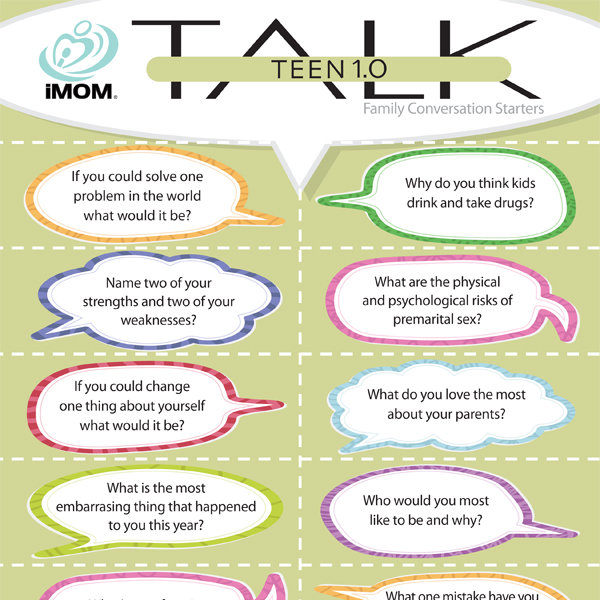 Some mothers prefer a sleep-sack because it removes the decision of how many blankets might be needed.
Some mothers prefer a sleep-sack because it removes the decision of how many blankets might be needed.
How to tell if your baby is too hot or cold
To check if your baby is too cold or too hot, feel their tummy. If the tummy is cold to touch, you could add a vest or if it is hot to touch, remove blankets as necessary. Avoid using hands or feet as a guide because babies’ circulation is not as good as adults’ and it is normal that fingers and toes feel much colder than other parts of their body. If hands and feet look blue or blotchy, you can add socks/mittens as an extra layer of warmth.
Is there anything I shouldn’t do?
The key here is to avoid overheating, due to the risks associated with SIDS (cot death).
- Don’t put a hat on your baby in bed (or anywhere indoors): A baby loses excess heat through its head. Covering it up could lead to overheating.
- Avoid duvets: Infants under one year old can be suffocated by duvets as they can’t move them away from their faces.
 Duvets can also lead to overheating.
Duvets can also lead to overheating. - Don’t use a hot water bottle or an electric blanket: As comforting as they may be to an adult on a cold winter’s night, remember that adults can regulate their own temperature: children can’t do this until they are around 2 years old when their ability to sweat and shiver is fully developed.
- Don’t put your baby to sleep next to a fire/radiator/ any kind of heat source: This could lead to a nasty burn and, again, this could cause overheating.
Baby, it’s cold outside…
Keeping your own winter wardrobe up to date and in working order for trips out with the pram is tricky enough, so do you also need to go out and buy a whole set of baby winter clothes when the weather turns?
If you’re heading out for some crisp fresh air with your little one, then the rule of thumb is that babies need one more layer of clothing than you do. This means bracing yourself for a marathon ‘getting ready’ session before heading out in the morning.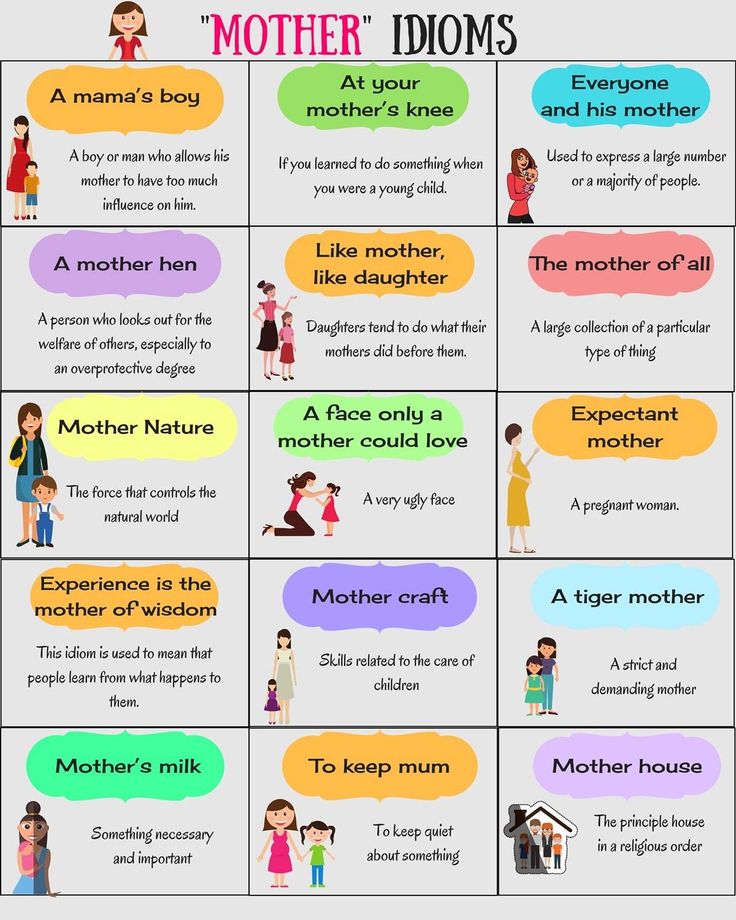 A great way to avoid too much of a grumble from your little one is to get them dressed in their winter outfit then slip them into a snowsuit just as you’re leaving. Aim for a suit with a good layer of insulation, with feet attached and possibly mittens too.
A great way to avoid too much of a grumble from your little one is to get them dressed in their winter outfit then slip them into a snowsuit just as you’re leaving. Aim for a suit with a good layer of insulation, with feet attached and possibly mittens too.
Unlike inside, a hat is key when venturing out in the cold. As well as framing their face for some adorable photos, it stops heat escaping from the top of the head – a major heat-loss zone for children.
Mittens or gloves will help to keep the chill off little fingers and, even if a snow suit has feet attached, keep your baby’s socks on too.
Is my baby getting cold?
In some Scandanavian countries children are left outside in their prams for their naps, wheel-deep in snow, to kill off winter bugs…so rest assured…as long as your baby is properly dressed they will be fine outside for a while.
To make sure they do stay warm enough, take an extra blanket with you and a footmuff to keep the wind off. You may want to invest in a sheepskin liner in the pram for extra warmth. It’s certainly very cosy, but is not an essential unless you live somewhere particularly cold or are going to be outside for a very long time.
You may want to invest in a sheepskin liner in the pram for extra warmth. It’s certainly very cosy, but is not an essential unless you live somewhere particularly cold or are going to be outside for a very long time.
Remember that you are keeping warm by walking around, but if your baby is in a pram it will not be moving, so will get cold before you do. If you are carrying your baby in a sling, it will benefit from the heat coming off your body.
Is my baby over or under dressed?
Your baby is too hot if:
- Its face is flushed
- The back of its neck is hot and clammy
- It has a bumpy rash on its tummy or back
Your baby is too cold if:
- Its tummy Is cool to touch
- Its nose or fingertips are much paler
- Its lips and mouth area are going blue
How to prevent chapping
The wind can be as cruel as the cold during the winter, so to try and avoid chapped faces you could rub a baby moisturiser or emollient cream into lips, cheeks and any other exposed parts before heading out. Shorter, tepid baths will also help to stop skin drying out.
Shorter, tepid baths will also help to stop skin drying out.
A few vital pointers for the colder weather
- As soon as you get in from a trip outside, take off your baby’s hat and outer layer of clothing, even if this means waking them up. They could very quickly get too hot otherwise.
- Shops tend to pump up their heating when it’s chilly, so even if you’re just popping in for a pint of milk, take off your baby’s hat and any extra blankets.
- If you’re using a blanket in the car, you should take it off as soon as the car warms up enough for you to feel comfortable. Put the blanket over the top of car seat straps, as trying to tuck it under the straps may mean the straps aren’t safely tightened. Some baby sleeping bags are designed to work in a car seat, so if your car is very chilly this could be a solution!
- If your baby does get too cold, as tempting as it is, don’t rub their skin to warm them up as this could actually hurt them. It’s better to hold them next to you and put their hands under your armpits.
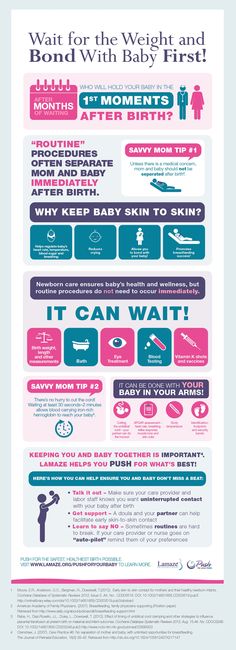 That way they can benefit from the heat of your body.
That way they can benefit from the heat of your body.
Now, back to that hot chocolate…
“The world around is much more interesting than you”: how to wean a child from arms
Why is it important to carry a child in your arms
Vasilisa Avramenko, neonatologist, expert of the Mama TV channel, names the advantages of carrying a child in your arms:
“For children , especially the first three months of life, this is important for adaptation to new conditions. At this age, it is better for a baby to be close to his mother - this helps his nervous system to adapt to many new influences of the world around him - light, sounds, smells. And the mother gives a sense of security, as the child smells her, hears her heartbeat - to some extent, all this is similar to intrauterine conditions.
Also, the doctor who monitors newborns mentions the importance of skin-to-skin contact:
“Babies have a hard time keeping warm, especially in the first week after birth, this is how the autonomic nervous system of newborns works. And contact with the mother helps the child to warm up, and his nervous system to adapt to the world around him.”
Vasilisa Avramenko notes that contact with a child helps a mother in the hormonal sphere: a woman produces oxytocin - the hormone of love, care, affection, it is he who helps to form a bond between mother and child.
If everything is correct, the baby sleeps well: how to swaddle a baby
For decades, swaddling has been considered a must for proper baby care. A...
April 21 12:31
According to the neonatologist, it is possible to carry a baby in your arms with the use of a sling with the correct winding - this contributes not only to skin-to-skin contact and all of the above advantages, but also to the maturation of the hip joints in the baby. The same thing happens when using an ergonomic backpack or fabric carriers. At the same time, the doctor warns that it is better to contact specialists who will check the correct position of the child's legs.
The same thing happens when using an ergonomic backpack or fabric carriers. At the same time, the doctor warns that it is better to contact specialists who will check the correct position of the child's legs.
Dr. Avramenko adds that holding a child is good for his development. “Carrying on the hands, when the child cannot yet crawl on his own, helps him to learn about the world, because at such moments he is not in a lying position overlooking the ceiling, but has the opportunity to see what is happening around.”
How to wean a baby from hands
Neonatologist assures that nothing special needs to be done, because sooner or later the question “How to wean a baby from hands?” fall off by itself:
“This will happen naturally as the child develops in terms of motor skills, acquiring new motor skills. Mental development will push him to the knowledge of the world around him. And gradually, when the child first begins to hold his head, then roll over, learn to crawl, his desire to know this world will lead to the fact that he will not spend all the time on his hands.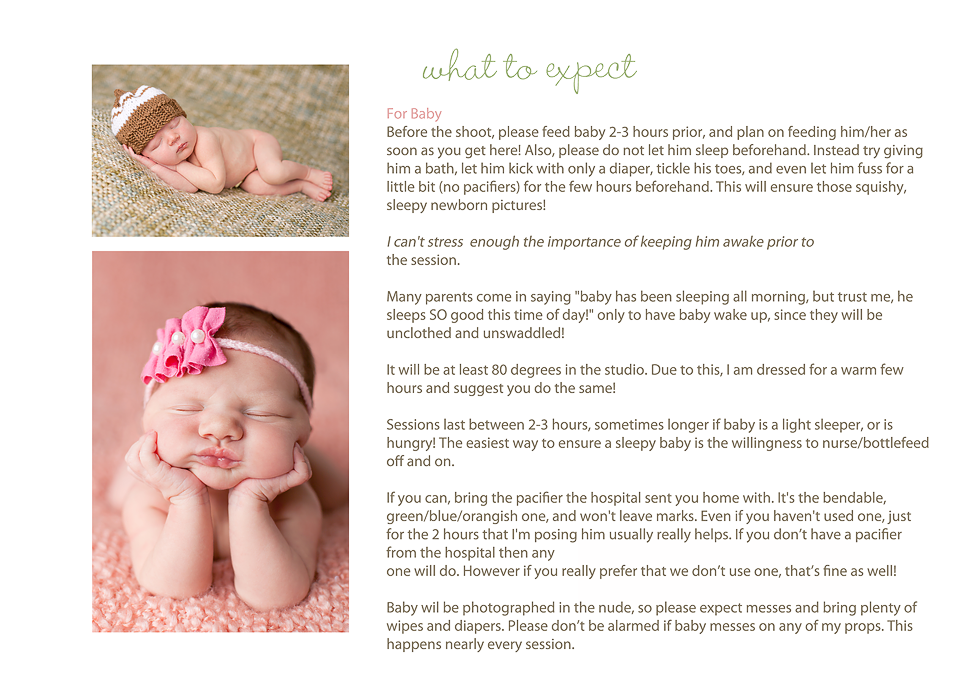
Answering the parents' question "How to wean a baby from hands", the doctor states: "There is no method of weaning from hands."
close
100%
At what age should a child be weaned from hands? » In fact, some babies, especially highly sensitive ones, need to feel their parents and be in their arms at a certain period of their lives.
Believe me, this period will pass very quickly, try to enjoy it. As soon as the baby grows up a little, he himself will refuse hands, because the world around is much more interesting than you.
Dr. Gorlova emphasizes that when a child begins to crawl at six to seven months, he already spends much less time on his hands. And when the baby begins to walk (about a year old, sometimes a little later), your hands will be needed very rarely, because the child will be able to play independently to some extent.
How to wean a child from motion sickness
There are frequent cases when a child cannot fall asleep without the participation of parents. Dad or mom are forced to pick up the baby and rock him to sleep.
Dad or mom are forced to pick up the baby and rock him to sleep.
How to wean a child from hands before going to bed? Pediatrician Viktoria Gorlova recommends:
“Sickness is an association of a baby to sleep, which, most likely, was formed by the parents themselves. I am an adherent of soft techniques without tears.
I recommend gradually reducing the motion sickness time (from 10 to 7 minutes, 5 minutes, and so on). Within 1-2 weeks, you will see that the time will decrease, and it will be enough for the baby to be held on the arms (without rocking) before going to bed, and he will be able to fall asleep.
But in this business, the main thing is to be patient and persistent. Of course, do not forget to remove the pendulum from the crib, if you have one, and try not to get sick in the stroller.”
How to wean a child from sleeping in your arms
Olga Salomatova, psychologist, junior researcher at the Center for Interdisciplinary Research of Modern Childhood, MSUPE explains why it is important to pick up a baby:
Coercion will only slow down learning: how to potty train a child
For most parents, the process of potty training a child looks complicated and lengthy.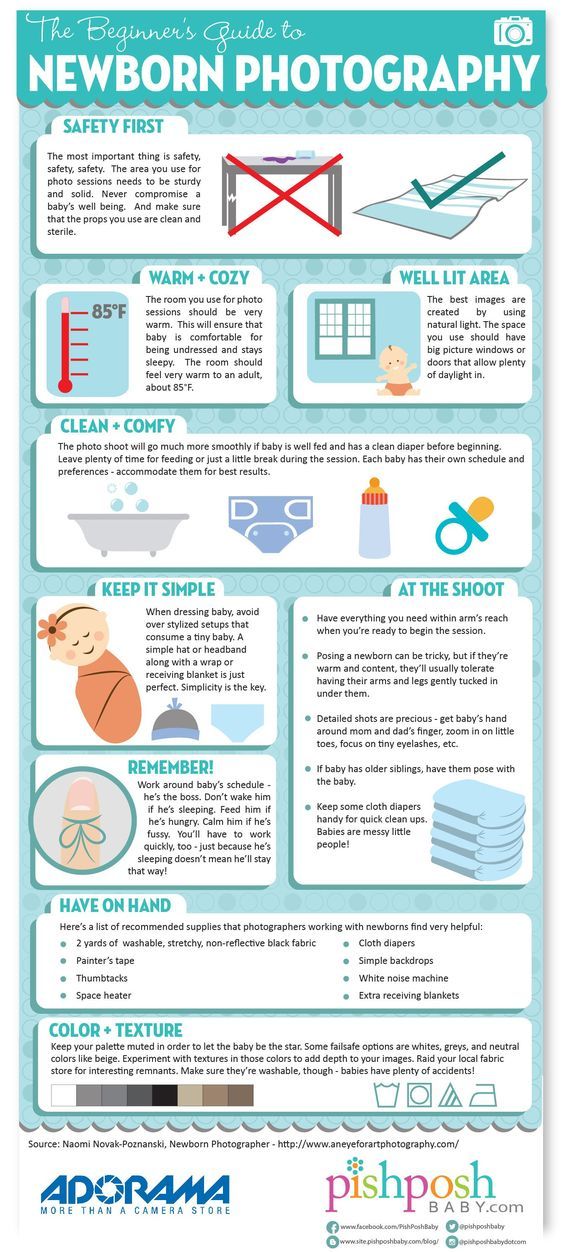 ..
..
April 21 12:26
“Tactile contact with mother in the first months of life forms a basic sense of security in the child, which is the basis for harmonious development in the future. Therefore, sleeping on the handles for a baby is not a whim and whims, but an objective need.”
But what if the child is so accustomed to hands that he cannot sleep in his own crib?
“Of course, it's hard for a mother to keep her baby in her arms all the time, then a sling comes to the rescue. You can rock the baby not in your arms, but in a sling. And then, carefully in a sling that retains the warmth and smell of the mother, transfer the baby to his cradle.
Many mothers notice that the baby wakes up at the moment of shifting from warm hands to a cold bed, and a sling can help solve this problem,” recommends Olga Salomatova.
The psychologist also clarifies that it is necessary to properly organize the baby's sleeping place: “It is uncomfortable for babies to sleep in a large space of the crib.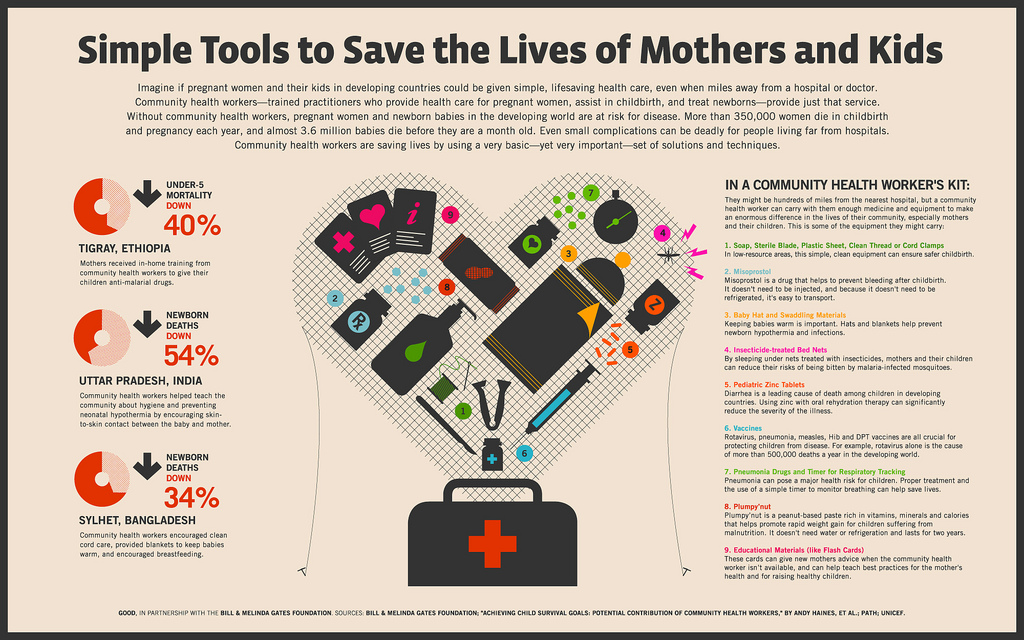 Special “nests” or a towel rolled up into a roll will come to the rescue.”
Special “nests” or a towel rolled up into a roll will come to the rescue.”
As a researcher at the MSUPD Center for Children and Education explains, as the child grows older, the need for such close contact with the mother decreases and rituals come to the fore, which means that the need to pick up the child decreases.
“The ritual of getting ready for bed should begin about half an hour to an hour before. At this time, the child should not be allowed to play outdoor games or sit in front of the TV: the screen excites the nervous system. You can have dinner, take a warm bath with herbs, read a book.
You can shake the baby a little, then put it in the crib and hold the handle or stroke it while singing a lullaby. The order of actions may be different, it is important that every day before going to bed a certain sequence of them is repeated, ”explains the expert.
close
100%
Why a child constantly asks to be held
Olga Salomatova described several reasons why children like being in the arms of their father or mother so much: he feels emotional closeness with her: examines the face, facial expressions, learns to read other people's emotions and express his own;
- the position on the hands of an adult gives the child a sense of security, because there are many unknowns in the world around him;
- the baby needs emotional support and a sense of calm when he is teething or he is sick;
- from the height of an adult, the world looks completely different: a child can see tree branches, adults' faces, hear their conversations.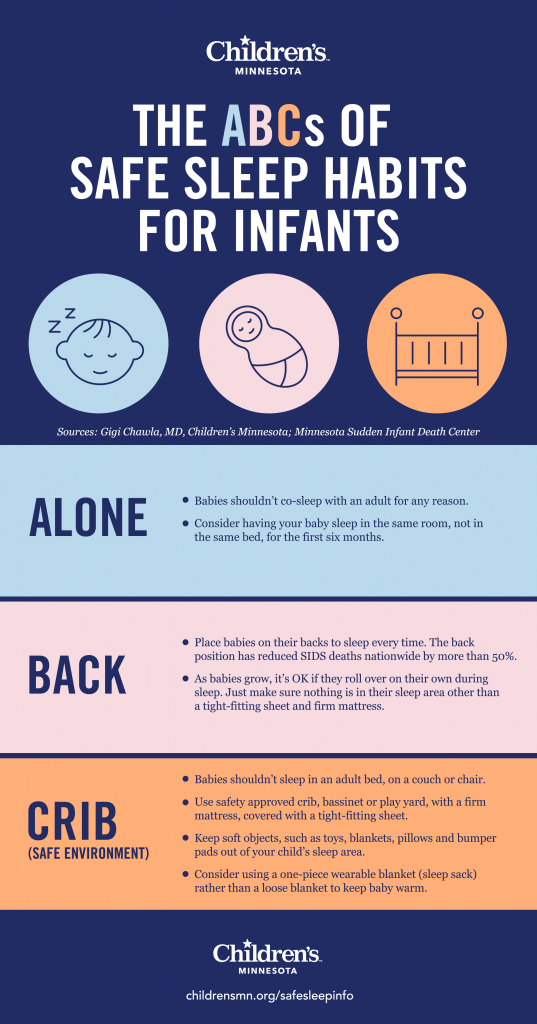
From one to three years old, children begin to walk and actively explore the world around them - it is important to give them such an opportunity, walks in the fresh air are especially useful. However, the psychologist warns:
“If the baby's legs are tired or he has fallen, then it is important for the mother to take the child in her arms. As a rule, at this age, the child no longer requires to be carried in his arms for hours, it is enough to sit with him for 10-15 minutes on a bench or sofa, talk, stroke.
But it happens that small children have an excessive need for tactile contact: mom or dad are forced to pick up the baby many times a day. What does this behavior indicate and how to wean a child from hands? The psychologist answers:
“If it seems to you that your child is already old enough, but still sits on your arms very often, pay attention to the following points and correct the situation if necessary:
- how much time do you spend with your child in direct personal communication, without distractions on gadgets, TV;
- how often do you approach a child for no reason to kiss or hug him;
- when was the last time you two went together to a children's play, to a circus, to a movie;
- does the child have any health problems;
- is everything okay with the child in kindergarten or at school?
How to keep baby's feet warm?
Everyone knows that cold feet are a cold's best friend. But it is the legs that are the first to react to the cold. No wonder grandmothers love to knit warm socks so much. But grandmother's socks are not the best solution. So how do you keep your feet warm?
But it is the legs that are the first to react to the cold. No wonder grandmothers love to knit warm socks so much. But grandmother's socks are not the best solution. So how do you keep your feet warm?
The first and foremost rule of is that shoes must fit. Even in the warmest boots, if they are tight, the feet will quickly freeze. A small child is unlikely to be able to immediately determine whether the size of the shoe suits him, so when choosing, remove the insole from the boot and put the child on it. Just attaching the insole is not enough, the child must stand on it, because. the leg under the weight of the child increases slightly. Choose shoes with wide toes so that the child can move his fingers freely - this will keep warm longer.
Rule two - winter shoes must be waterproof. Maybe you are lucky and you live in a place where you can still find a beautiful winter like in the pictures, but the truth is that in big cities, even in the coldest weather, thanks to reagents and cars, there is often porridge and even puddles under your feet.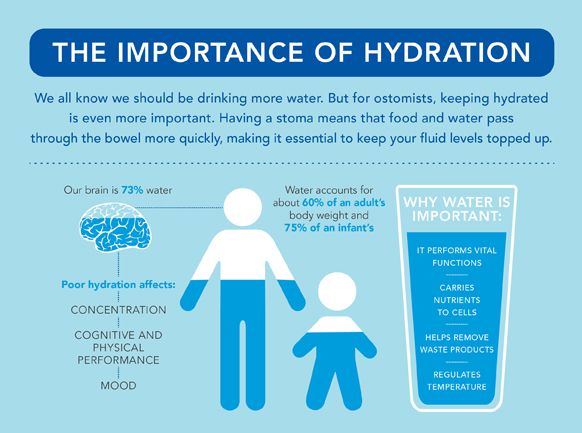
The third rule of is that shoes should be easy to put on and take off, while being snug and secure. And to have comfortable fasteners - this is especially important if the child attends kindergarten and must put on shoes himself.
Don't skimp on winter shoes - it's an investment in your child's health. Modern manufacturers offer a huge range for every taste and budget. To understand all this diversity, I have identified several areas that are worth paying attention to:
- Snowshoes or, as they are also called snowboots. These are insulated boots with rubber caps and waterproof uppers: a great option for slush. Some models of snow boots have an additional foil boot, such boots can be safely worn up to -35. A great example of such shoes are the Canadian Gusti 9 snowshoes.0142
- Membrane shoes with modern insulation. A great option for active children, the foot in them does not sweat or get wet. At the same time, they retain heat well even in the coldest weather.


